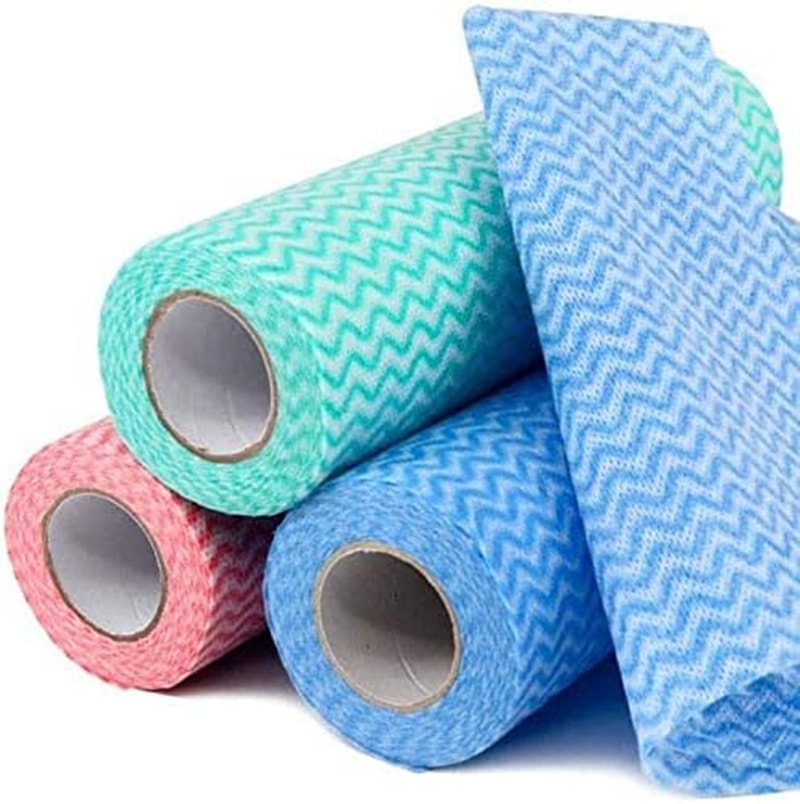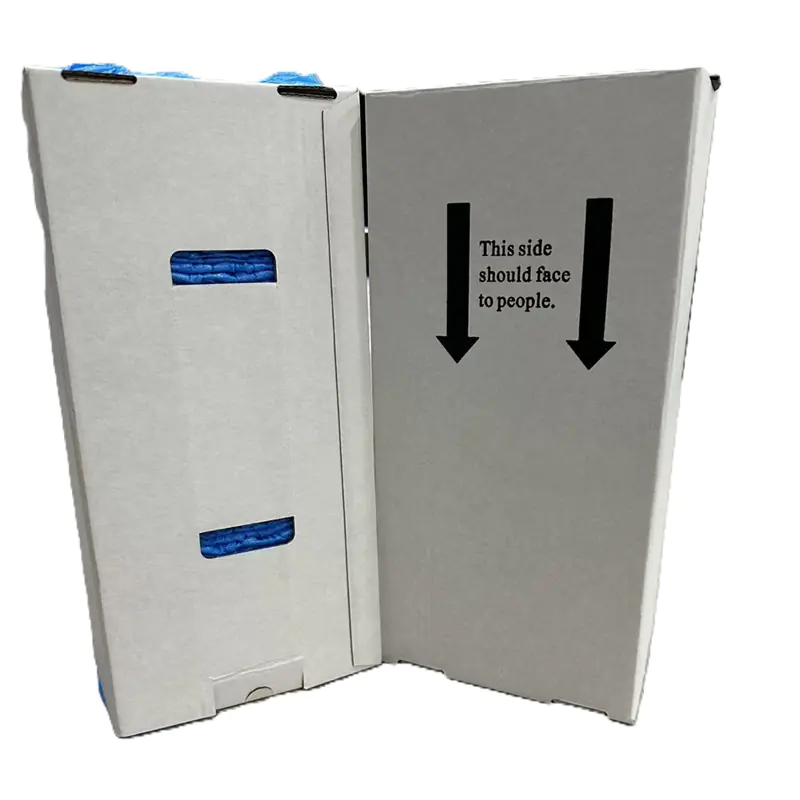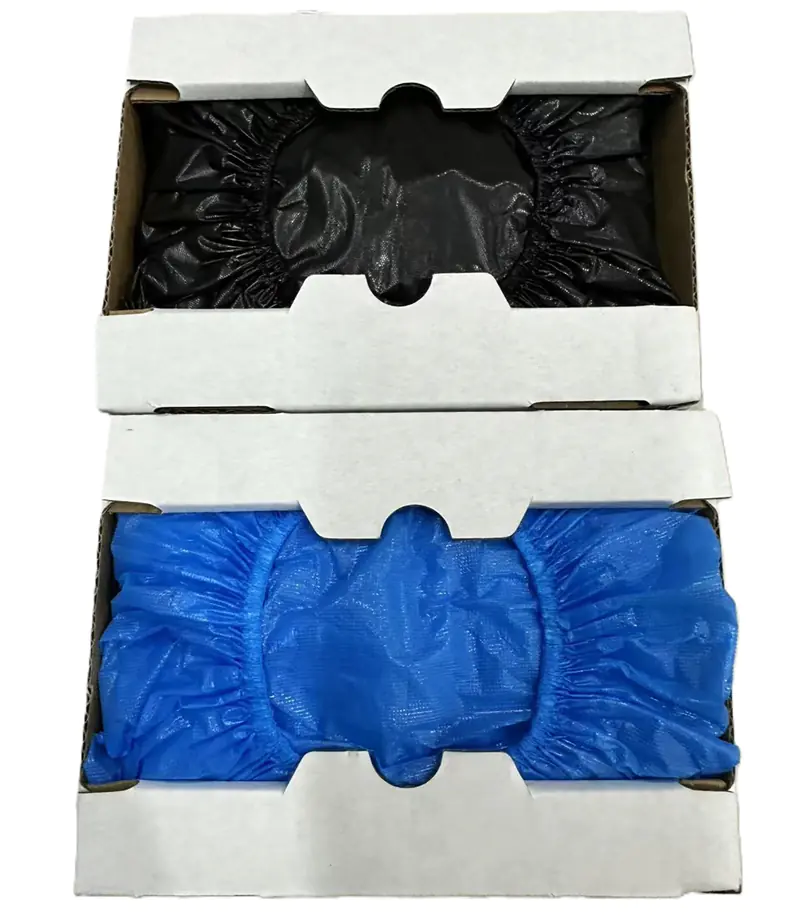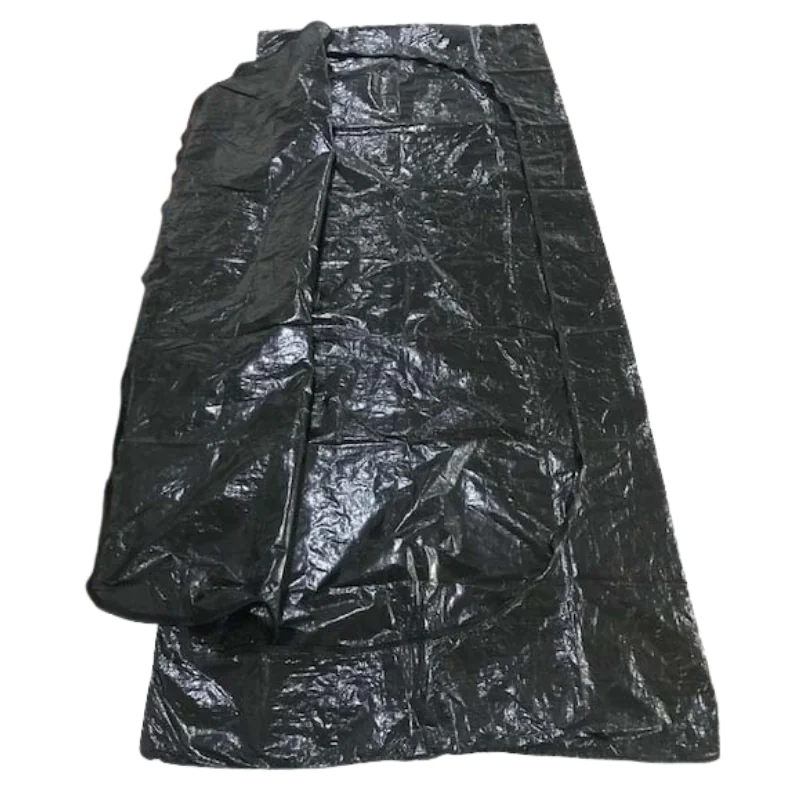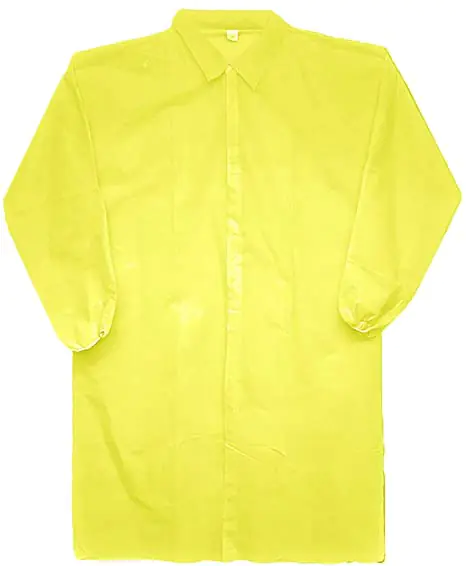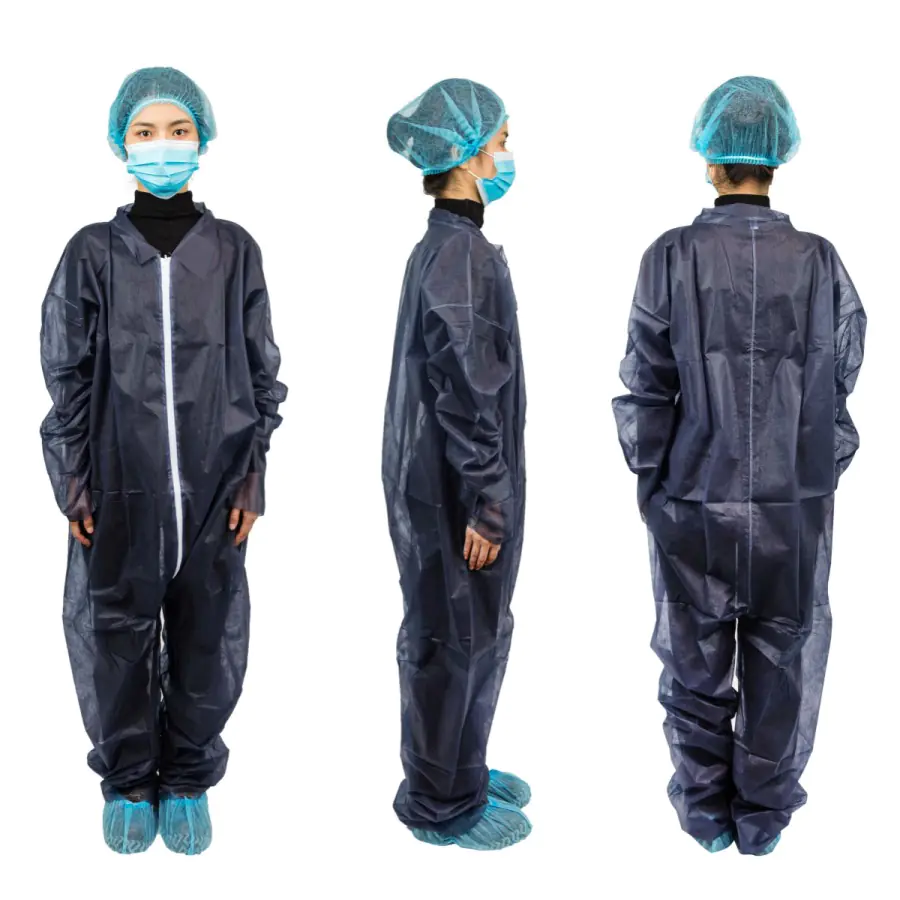Are you tired of smelly, old dishcloths? Do you worry about bacteria growing on them? Disposable dish cloths on a roll might be the answer for you. They offer a clean, easy way to wash dishes and wipe counters. This article will tell you all about them: how much they cost, if they are good for the Earth (eco-impact), how to use them, and the top brands to look for. Let’s dive in!
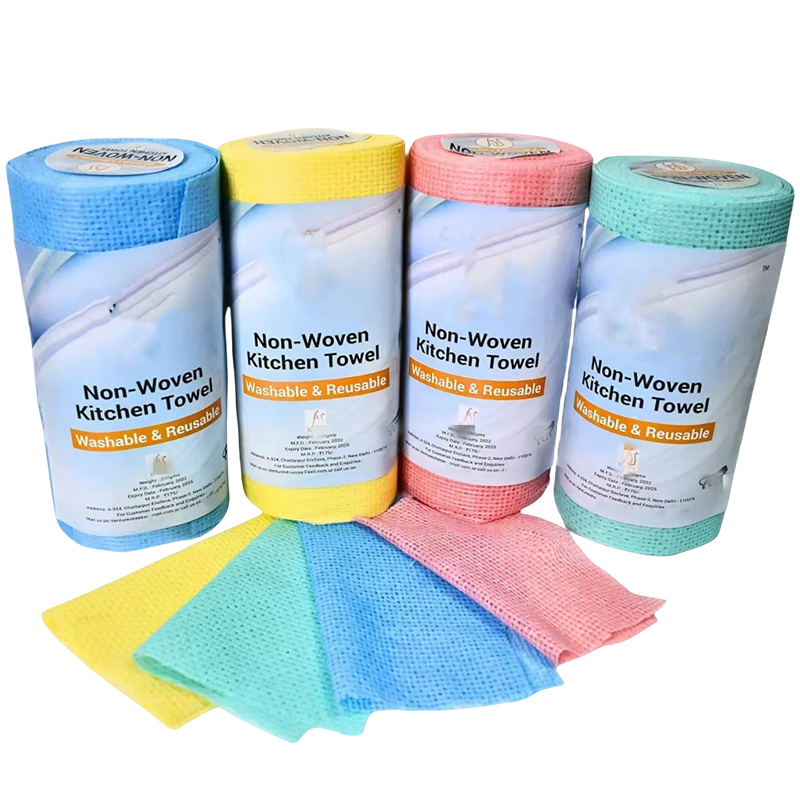
Quick Facts: What You Need to Know Fast
Here are the most important things about these cloths:
Eco Note: Some are made to break down naturally (biodegradable), like those made from plants (cellulose). This helps make less trash.
Good For: People who are busy, have allergies, or want a cleaner kitchen. Also good for those looking for greener options than paper towels.
Top Benefits: Stops the spread of germs (cross-contamination), saves you time (no washing!), and you can tear off just the size you need (sheet sizes).
Cost Check: Each cloth usually costs between $0.10 and $0.25. This might seem like more than reusable cloths, but you save money on water and power for laundry.
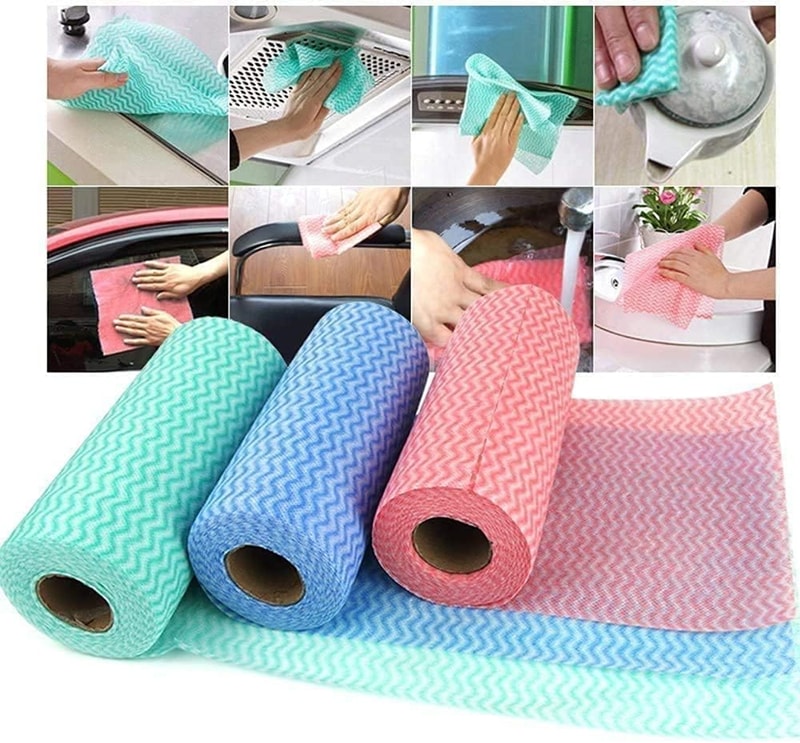
What Exactly Are Disposable Dish Cloths on a Roll?
Think of paper towels, but stronger and made for washing up. Disposable dish cloths on a roll are special cleaning sheets. They come rolled up like paper towels, with little lines (perforations) so you can tear off one sheet at a time. You use a sheet once, then throw it away.
What They Are Made Of
These cloths come in different materials:
- Cellulose: Made from wood pulp (plants). These are often biodegradable and soak up liquids well.
- Microfiber: Tiny threads that grab dirt and grit. Good for cleaning without scratching.
- Non-woven Synthetics: Tough materials like polypropylene. These are strong and can be used for scrubbing. You can find similar strong non-woven materials used in other disposable items. Some studies show cotton might be better for the Earth than other cloth options like linen, which suggests plant-based disposable cloths might be a slightly better choice too.
- Recycled PET: Some cloths are made using recycled plastic bottles. This helps reuse old plastic.
Important Features to Look For
- How Much Liquid They Hold (Absorbency): Some cloths soak up more spills than others. Look for info on the package about how absorbent they are.
- Smooth or Bumpy (Texture): Some are smooth and lint-free, great for glass. Others have textured scrubbing surfaces to help clean stuck-on food.
Works with Cleaners: Most can be used with dish soap, disinfectants, or degreasers. Check the label if you need to use strong chemicals.
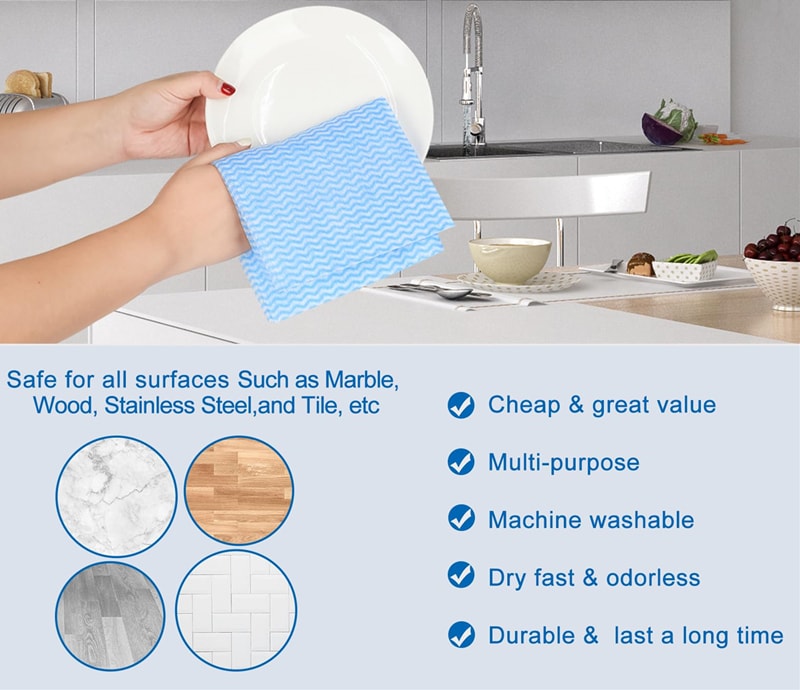
Why Use These Instead of Regular Cloths?
Disposable dish cloths have some real plus points compared to old-school reusable ones.
Maybe Cheaper Overall (Cost): While each sheet costs a little, think about the cost of washing reusable cloths. You use hot water, soap, and electricity. You might actually save money each year by using disposables instead of constantly doing laundry for kitchen cloths.
Super Clean (Hygiene): Old sponges and cloths can hold millions of bacteria. Using a fresh disposable cloth each time helps stop germs from spreading. This is very important when cleaning up after raw meat to avoid cross-contamination. Studies show disposable wipes can be very effective for cleaning food surfaces.
Super Easy (Convenience): No more washing stinky cloths! You save time because there is no laundry needed. Plus, they don’t have that yucky odor retention problem.
Just the Right Size (Customizability): Need a small piece for a tiny spill? Just tear off what you need. No need to waste a whole big cloth.
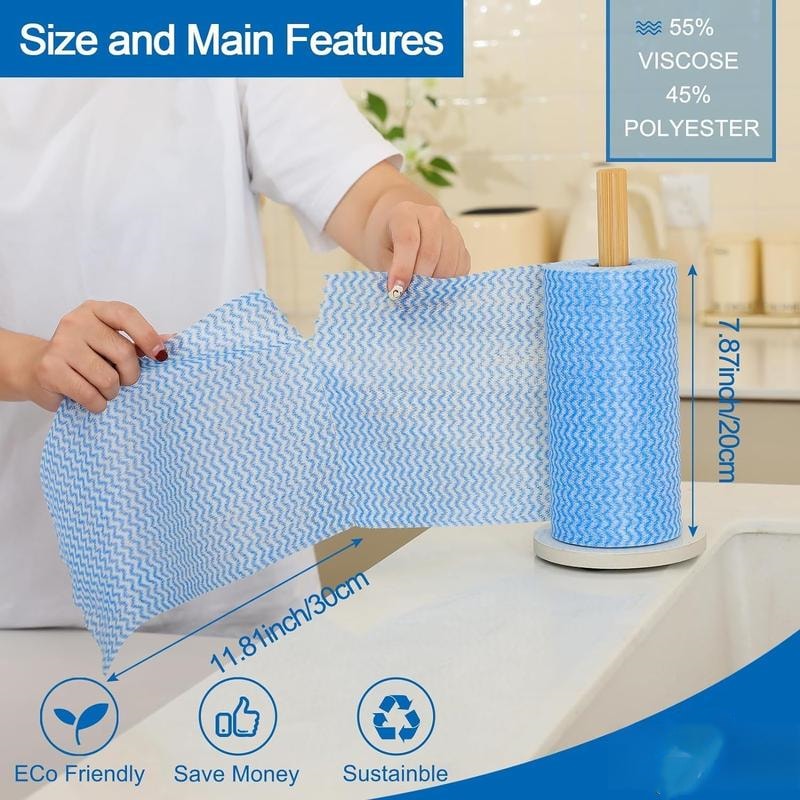
Are They Bad for the Planet? (Environmental Impact)
This is a big question. We already throw away too much trash. For example, Americans throw out about 3,000 tons of paper towel waste each year. Disposable cloths add to this problem if we are not careful.
The Problem: Billions of disposable wipes end up in landfills every year. They can take a long time to break down, especially if made of plastic.
Better Choices:
- Look for Biodegradable or BPI-Certified Compostable cloths. These are made from materials like cellulose that can break down naturally. “BPI-Certified” means a trusted group checked that they really are compostable.
- Choose brands using recycled materials. This gives old plastic a new life.
- Throw them away the right way. Compostable cloths need to go in a special industrial compost bin if you have one (not your backyard compost pile unless the package says so). If not compostable, they go in the trash, not the recycling. Never flush them! Even if they say biodegradable, they can block pipes.
Compared to Reusables: Very sustainable options like Swedish dishcloths can last a long time. One Swedish cloth can replace many rolls of paper towels and can be washed hundreds of times. So, disposable cloths are often better than paper towels, but usually not as green as good reusables. Biodegradable disposable cloths are a middle ground.
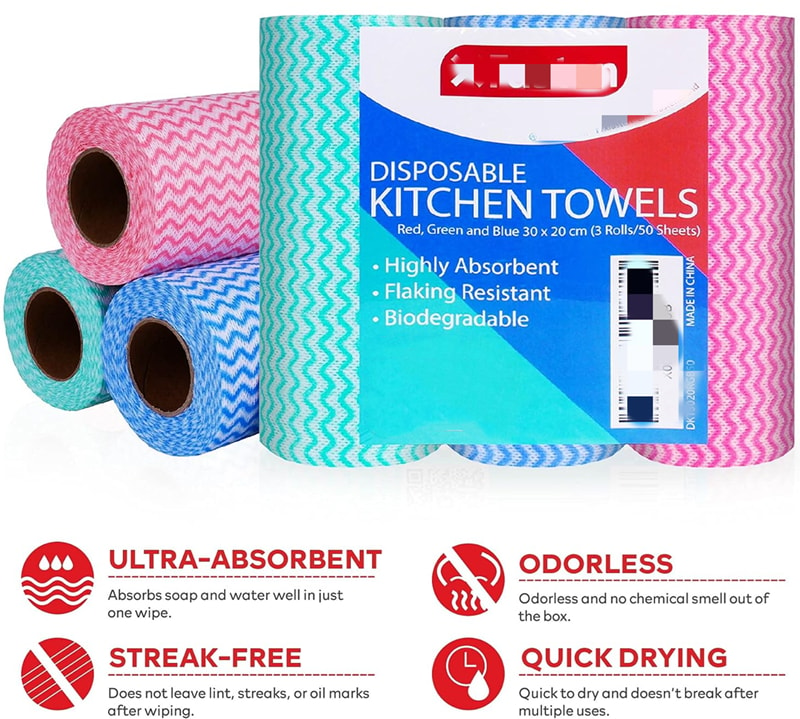
How to Pick the Best Roll for You
With many choices, how do you pick? Here’s a simple table:
| Feature | This is Good for You If… | Top Brands examples |
| Biodegradable | You care about the Earth and can compost them | Ecoroll, Greenspeed |
| Heavy-Duty Scrubbing | You often clean pots with baked-on food or grease | Scotch-Brite, Zwipes |
| Pre-Moistened | You want quick cleaning with disinfectant already on | Clorox, Lysol |
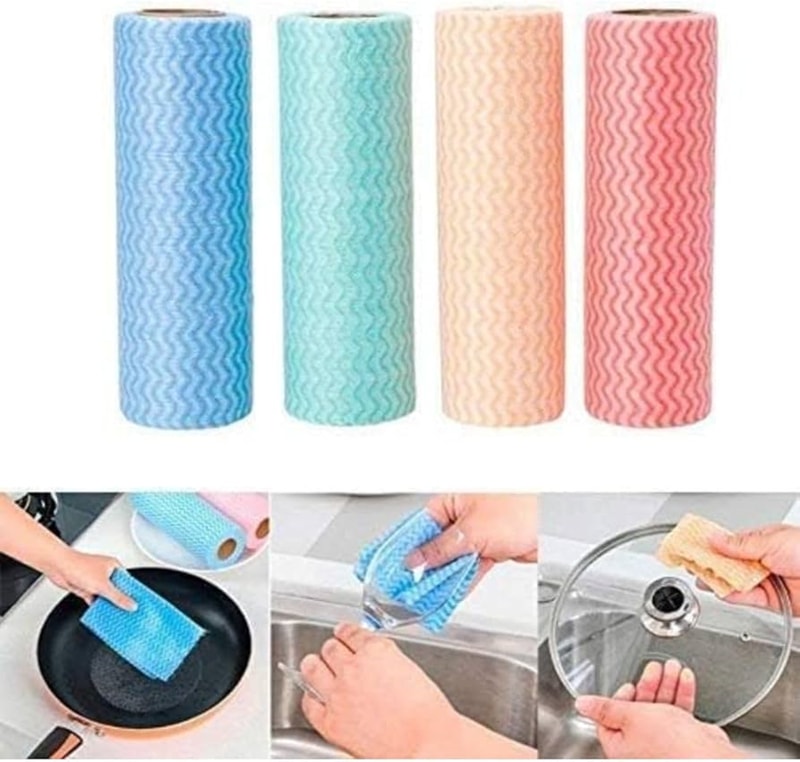
Tips for Using Them the Right Way
Using disposable dish cloths is easy, but here are some tips:
- For Dishes: Rinse off loose food first. Use the cloth with soap and water. Use the textured scrubbing side for tough spots.
- For Surfaces: For sticky messes or grease, spray your cleaner on the surface first, then wipe with the cloth.
- Tear Smart: Only tear off the sheet size you need for the job.
- Storage: Keep the roll dry. Store it away from the sink splash zone, maybe in a holder or cupboard.
- Trash, Don’t Flush: Always throw used cloths in the trash bin. Never flush them down the toilet, even if the package says biodegradable or septic-safe. They can cause big plumbing problems.
Want some handy wipes for quick cleanups? Check out these disposable dish wipes.
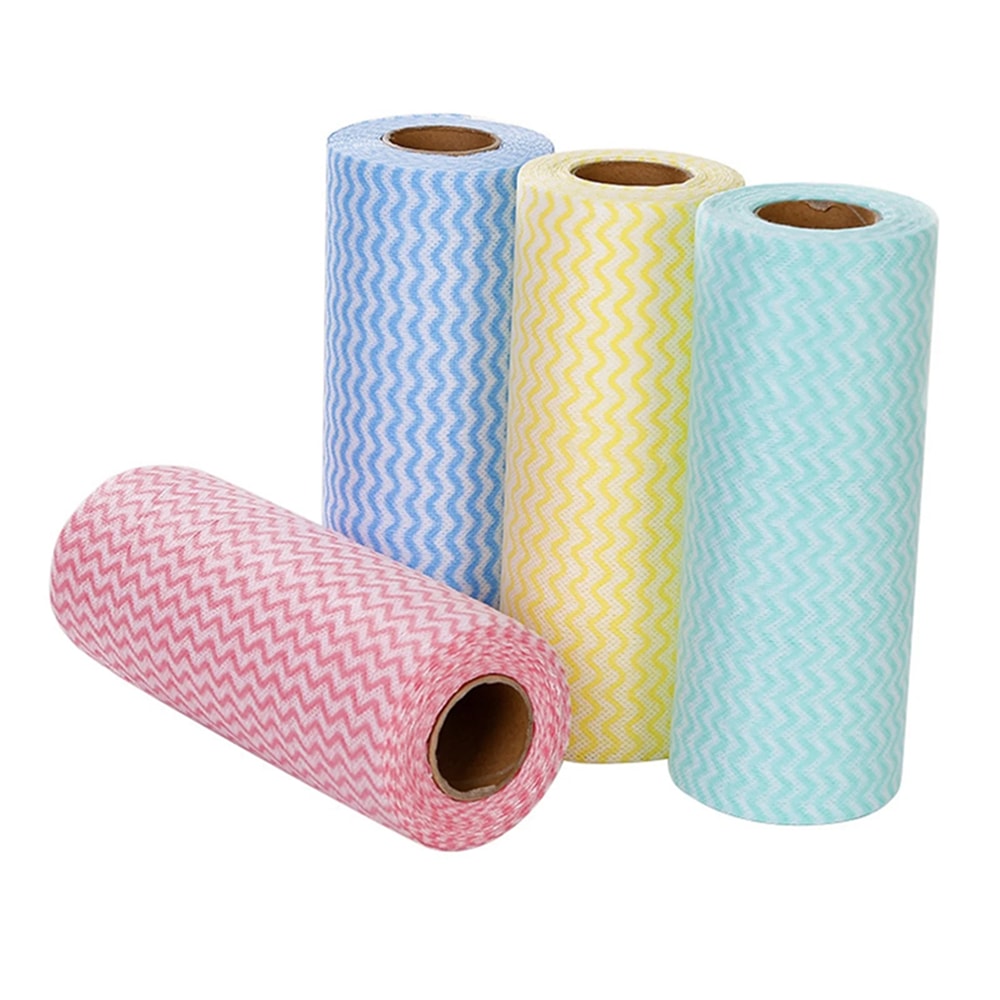
Top 5 Disposable Dish Cloth Roll Brands (Our 2024 Picks)
Here are some popular and good brands you might see:
Clorox Pre-Moistened: Comes with disinfectant already on the wipe for fast sanitizing.
Scotch-Brite Roll: Great for scrubbing without scratching pans. Has a good textured surface.
Seventh Generation: A top choice for eco-friendly users. Often BPI-certified compostable.
Zwipes Pro: Strong cloths good for tough grease and industrial use cleaning power at home.
Ecoroll: Focuses on compostable, plastic-free options. Made from cellulose.
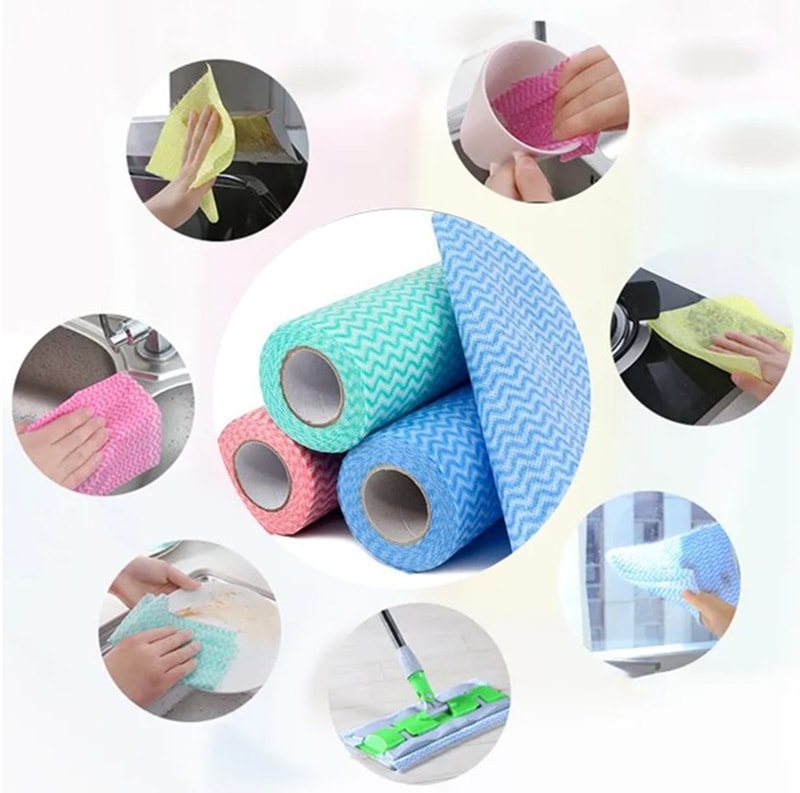
Where Can You Buy Them?
You can find disposable dish cloths on a roll in many places:
Industrial Supply: For heavy-duty or large quantity needs, check sites like WebstaurantStore or Uline (often used by businesses but available to all).
Budget Buys: Look online on sites like Amazon for bulk packs. Buying more at once often saves money.
Eco-Friendly Stores: Shops like Thrive Market or Grove Collaborative often carry biodegradable and sustainable brands.
Grocery Stores: Most big supermarkets now have a few options in the cleaning aisle.
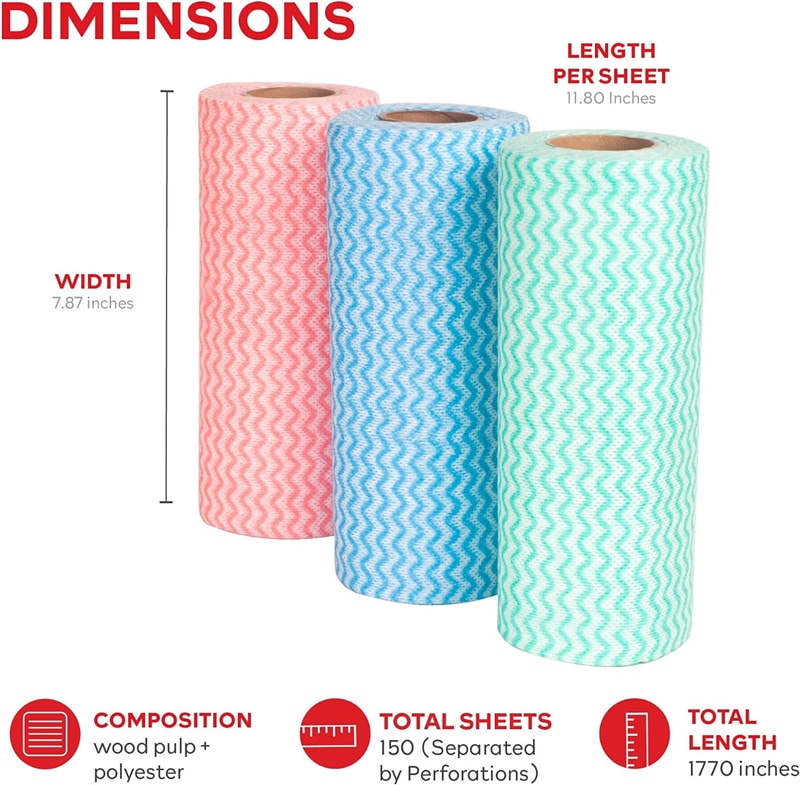
Got Questions? We Have Answers! (FAQs)
A: Use smooth, lint-free cloths (like microfiber or smooth cellulose) for delicate surfaces like glass stovetops. Avoid rough, textured scrubbing cloths on surfaces that scratch easily.
Q: Are disposable cloths safe for my septic system?
ก: Only if the package clearly says “septic-safe.” Most are not designed to break down in septic tanks and can cause clogs. Always check the label. When in doubt, throw it in the trash.
Q: Can I cut the sheets smaller if I need to?
A: Yes! Most rolls have perforated lines, making it easy to tear off full sheets. You can usually cut these sheets with scissors if you need an even smaller piece.
Q: Will they scratch my glass stovetop?
A: Use smooth, lint-free cloths (like microfiber or smooth cellulose) for delicate surfaces like glass stovetops. Avoid rough, textured scrubbing cloths on surfaces that scratch easily.
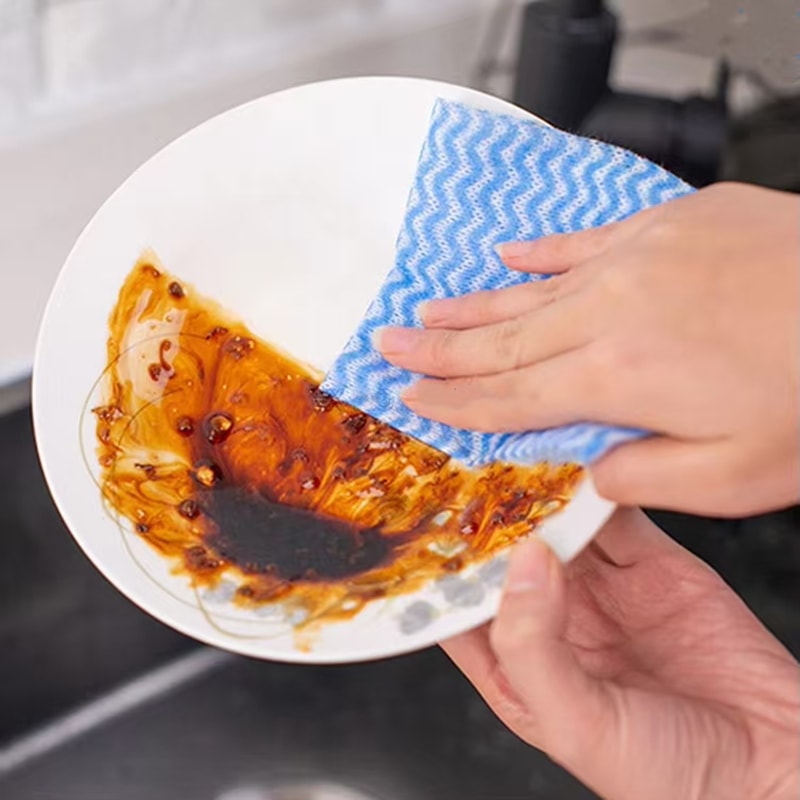
The Bottom Line
Disposable dish cloths on a roll offer a handy and hygienic way to clean your kitchen. They fight bacteria better than old sponges and save you time on laundry.
Think about what matters most to you:
- Need top hygiene or quick disinfecting? Try pre-moistened ones.
- Worried about eco-impact? Choose biodegradable or compostable options made from cellulose or recycled materials.
- On a budget? Buy in bulk packs online.
Ready to try them? Explore these disposable dish cloths on a roll to see different options. They can make kitchen cleanup a little bit easier and cleaner. For other handy disposable cleaning items, you might also be interested in แผ่นรองห้องน้ำแบบใช้แล้วทิ้งที่ดูดซับได้ดีเป็นพิเศษ.
